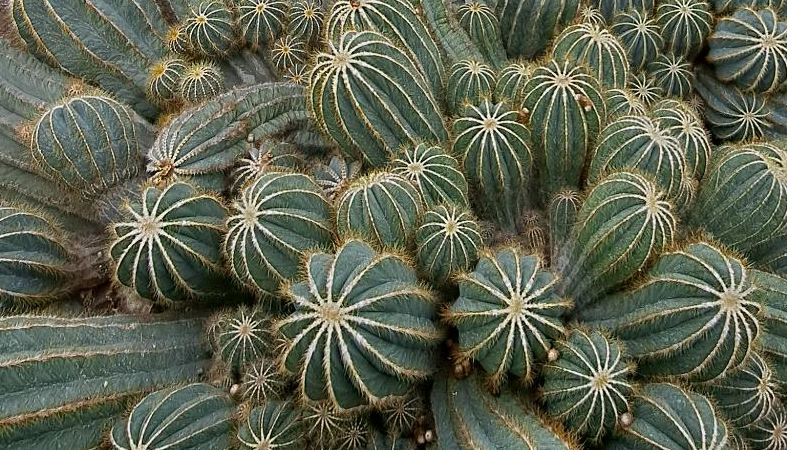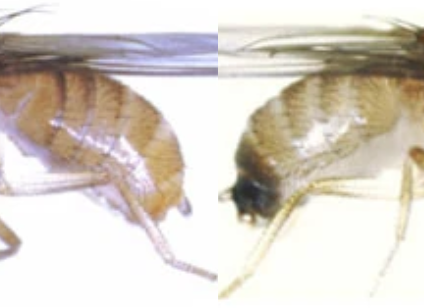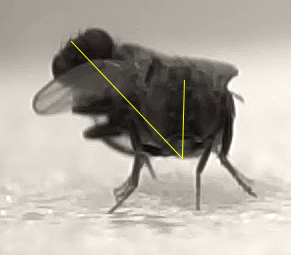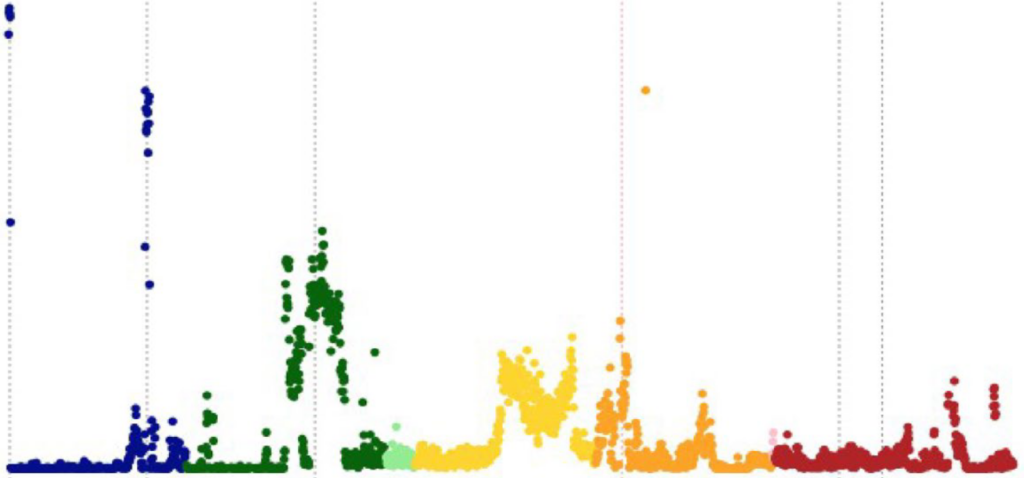Drosophila behavior and speciation
The origin of new species is one of the most fundamental topics in evolutionary biology. Building upon the unique legacy of studying Drosophila speciation in our laboratory, and combining new methods in genomics, genetics and neurobiology, we explore different facets of the interactions between speciation and behavior. We assess the role of behavior in character evolution. We hypothesize that genes underlying behavioral changes may be pleiotropically linked to loci underlying physiological and morphological divergences, ultimately promoting speciation.
Topics

1. Chemical perception and host plant shift
We want to know how intra-specific variation in chemical perception of different plant components plays a role in ecological speciation events involving host shifts. In particular we study gustatory perception and behavioral evolution in closely-related Drosophila species specializing on different hosts, and relate these differences to their nutritional requirements and detoxification capabilities.

2. Melanism and mate choice
We investigate a unique case of a Mendelian female-limited color dimorphism that has evolved in multiple Drosophila species. We hypothesize that this sexual mimicry has evolved to reduce sexual harassment and has been maintained by balancing selection across species boundaries, involving interactions with other sexual signals (e.g., pheromone synthesis and perception).

3. Rapid genital evolution and reproduction behavior
left-right asymmetry
phallus allometry
In most sexually-reproducing animals, genitalia are the most rapidly diverging morphological characters among nascent species. Such a rapid evolution suggests a role in mechanical isolation and morphological extravagance driven by sexual conflict. However, how genital divergence is affected reproductive behavior or sexual selection remains unclear. We focus on understanding the developmental basis of some aberrant cases, involving asymmetry and loss of allometry in male genitalia, copulation positions and co-option of pre-existing genitalia characters.

4. Genetic introgression and experimental speciation
Genes involved in reproductive isolation are expected to show low signals of genetic exchange between diverging populations and nascent species. We aim to identify candidate “reproductive isolation genes” using population genomics approaches and we will use germline transformation techniques (e.g., CRISPR\Cas9) to swap alleles of these genes across species and test the effect of introgression on reproductive isolation.
